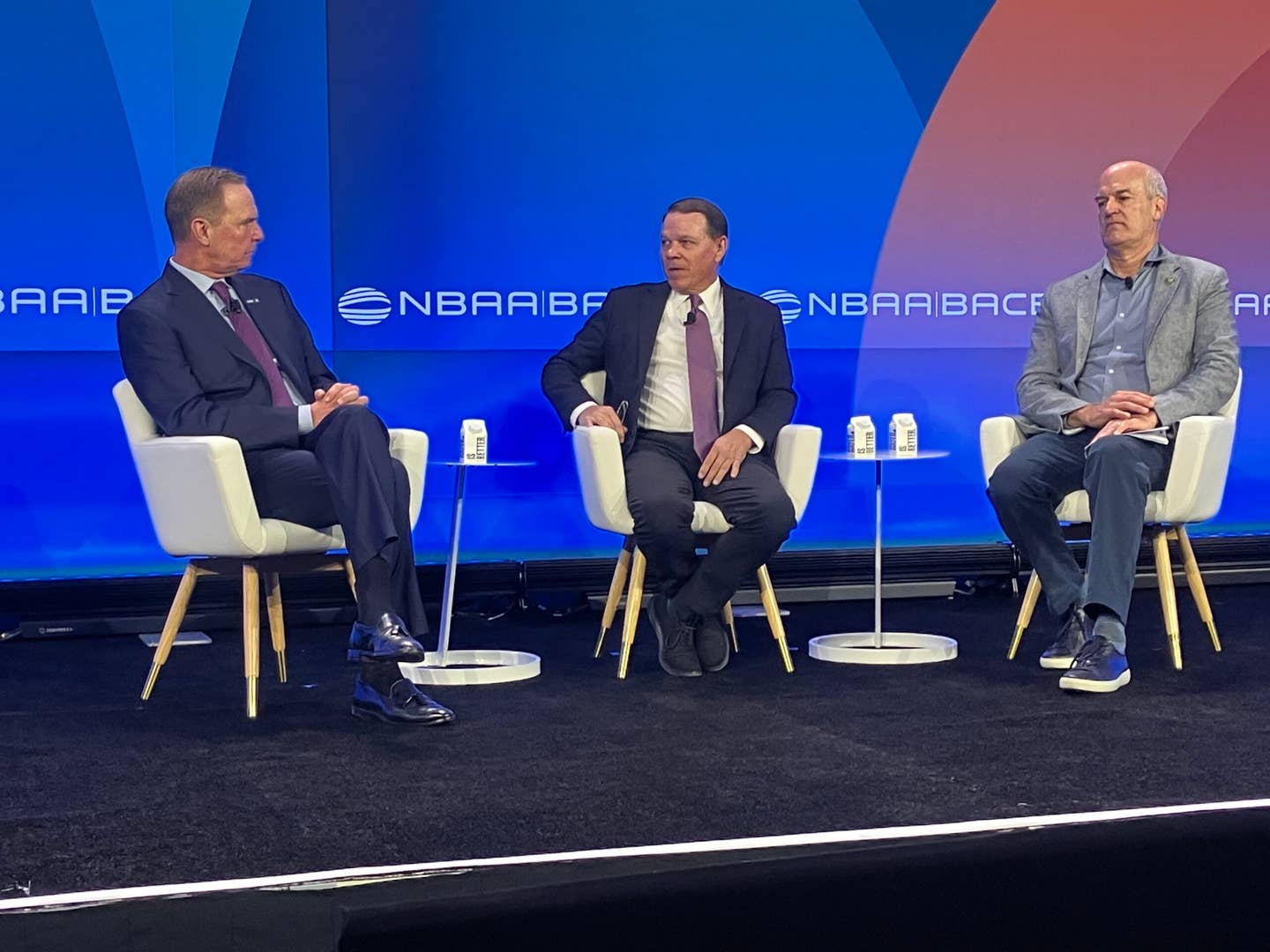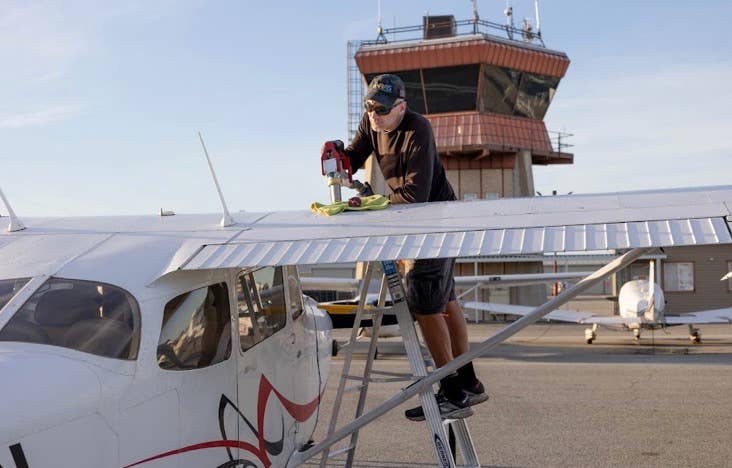Halladay Accident: Should We Bother With The Unreachables?
Some pilots can’t be taught risk assessment because they don’t sense risk the way most of us do.
By personal predilection, I’m not wired to butt into other peoples’ business. Personal agency is a thing with me. But there are times when intervention goes with the job and one of those is when giving flight instruction. The pilot approaches you for a flight review and upon being handed his logbook, you see prominently memorialized: “Flew under Skyway bridge.”
This obviously comes from this week’s video, in which the NTSB found that entry in the logbook of baseball star Roy Halladay, who died in the crash of his Icon A5 in November 2017. The bridge flight had occurred 12 days before the fatal crash. So today’s question is this: If you’re a flight instructor or if you’re not, pretend, how would you handle seeing that?
I’m benefiting from hindsight here, but as an instructor, I like to think I would have immediately flagged it. What the heck is going on here? Why did you do that? What were the circumstances and what made you think it was a good idea? Do you think it reflects well on general aviation? And on you? Do you even care?
As I pointed out in the video, the risk of flying under a bridge with 180 feet of vertical clearance and 1200 feet of clear span is small. A student pilot could pull it off with ease. But the only reason for doing it—and it’s the same reason for not doing it—is for the sheer thrill of it. And if that thrill grows stale, do you lack the restraint to seek out a bigger one? We already have the answer to that writ in the bloodless prose of an NTSB report. Halladay died while flying aggressive near-aerobatic maneuvers at altitudes down to the surface of the Gulf of Mexico at a time when he had only owned the airplane for about a month. Not even long enough to make it to the first flight review.
I wouldn’t debate whether this was bad judgment but would rather shift the conversation to the role of flight instructors in trying to prevent it when they see it. I’ve been to enough rodeos by now to know this is probably futile as is writing about it yet again as though we might avoid it the next time. Readers who already know how to avoid such risks don’t need to hear it again and The Unreachables won’t understand enough to favor themselves with a change in thought and act.
In that sense, there’s little of value in the NTSB docket other than to show the airplane was functioning as designed and to add digital legitimacy to what witnesses saw. All the toxicology report showing a mix of drugs in Halladay’s system does is to add another dimension to his faulty risk assessment. We can’t determine if the drugs were a factor but we already know that they were there in the first place is all we need to know.
Nonetheless, no thinking instructor—or even well-meaning pilot—should let something like this pass without engagement, even if it is a tilt at the MT. Some pilots who are craters awaiting a grid reference truly don’t understand the risks inherent in aviation, nor that the risk envelope narrows toward the pointy end elevating the probability of an accident to even odds. Low flying is one of those spikes, as is weather and lack of training. Some of these pilots may be reachable and thus savable. The ones who are both insensitive to real risk and imagining themselves immune to whatever they do sense are the real hard cases. By natural selection, they tend to be a dwindling few.
Whether Roy Halladay was one of those is irrelevant, in my view. He did what he did and died for it. We as an aviation community share some of the responsibility in that we haven’t figured out how to get at people who aren’t aware of their own risky behavior and I sometimes wonder whether some even want to be got at. The thrill of near-death [insert activity of your choice] is its own reward for them.
Perhaps scenario training may be the only way to clue people in who are numb to risk. In this case, OK, you flew under the bridge. But how about next time? Would you fly under an even lower one for a bigger thrill? What about weather risks? How do you draw the line there, or do you even? The answers might be theoretically satisfying, but I’ve been around the houses too many times to expect real behavior changes.
Not that I couldn’t use a little remediation myself. When I was placing the graphics in that video, I realized I said a soft deck allowing 60-degree banks down to 300 feet was perfectly acceptable. Huh? That’s nuts. I wouldn’t do that in the Cub or anything else. We still teach students to avoid steep turns in the pattern because they amp up the risk of a stall or loss of control. I didn’t have time to re-record it, but I should have said—and Icon should say—more like 500 or even 800 feet. I have the pleasure of correcting myself, not having someone else do it from the pages of an accident report.






